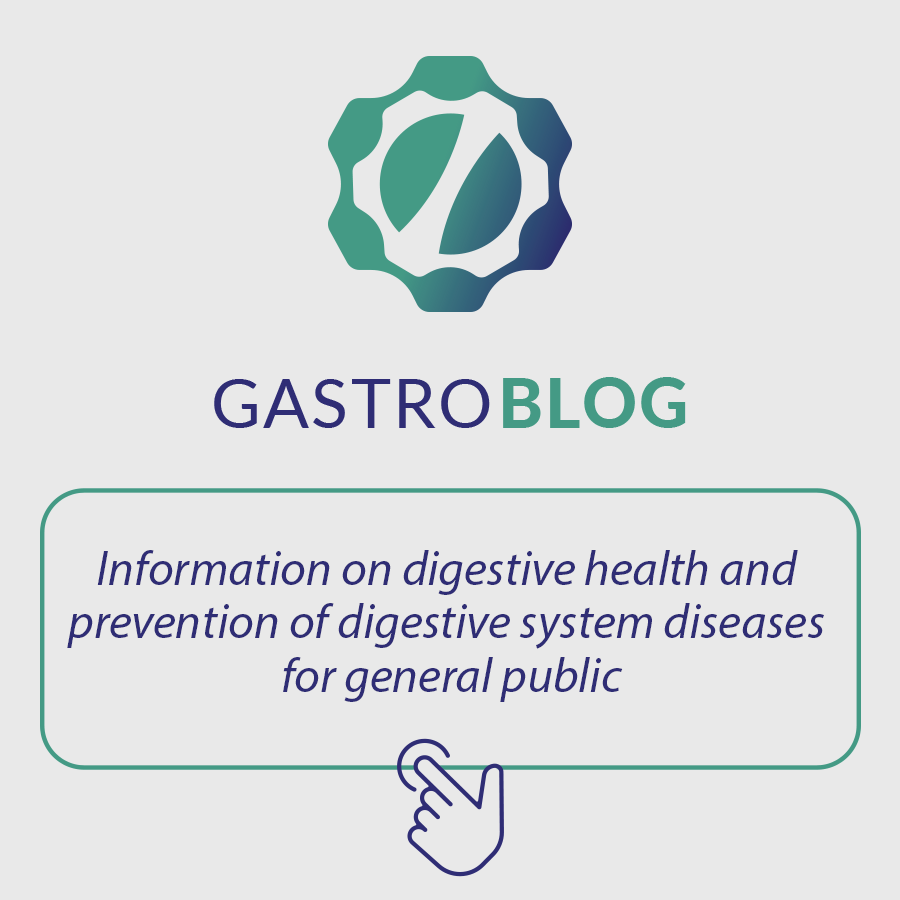When we think of Exocrine Pancreatic Insufficiency – EPI (decrease in the activity of pancreatic enzymes in the intestinal lumen, below the values for normal digestion) we automatically relate it to primary pancreas problems, such as chronic pancreatitis or pancreatic neoplasia. And that’s correct, these pathologies are indeed a cause of EPI. However, we have several other causes that should be remembered by the gastroenterologist.
To understand correctly, let’s turn to pancreatic physiology. The production of digestive enzymes by the pancreas is not only dependent on the morphology of the gland. Initially, the pancreas is stimulated by neural pathways derived from the vagus nerve, and later has its main stimulation pathway through the passage of chyme through the duodenum. At this stage, the release of secretin and cholecystokinin (CCK) is responsible for about 70% of all pancreatic juice production for that meal. Therefore, it is correct to say that any failure in this circuit can be the cause of EPI.
Today we classify the etiologies of EPI as pancreatic and extra-pancreatic causes:
Among the pancreatic causes, we have:
- Chronic pancreatitis
- Pancreatic neoplasms
- Cystic Fibrosis
- Pancreatic Resections
- Hemochromatosis
- Severe acute pancreatitis, with extensive necrosis of the glandular parenchyma
And among the extra-pancreatic causes, we can list:
- Celiac Disease
- Crohn’s disease of high small intestine involvement
- Type I and II Diabetes
- Pancreatic aging
- Gastroduodenal surgeries
Pancreatic causes are better known, and are caused by diseases that lead to progressive fibrosis of the pancreas, such as chronic pancreatitis; pancreatic atrophy combined with obstruction of the main pancreatic duct (such as neoplasms, especially of the cephalic region) and loss of pancreatic parenchyma, secondary to acute pancreatitis or pancreatic resections. In addition to these, cystic fibrosis is the main genetic cause and causes liposubstitution of the pancreatic parenchyma, as well as alteration in the transport of pancreatic juice through the ducts.
The most well-established non-pancreatic causes are: celiac disease (due to duodenal atrophy and loss of stimulation by duodenal hormones – secretin and CCK), diabetes mellitus and derivative surgeries.
In more recent studies, diabetes has been pointed out as a cause of EPI, both DM-1 and DM-2. The reasons for this are diverse and involve:
- Atrophy of the exocrine parenchyma due to lack of insulin: the hormone produced by pancreatic endocrine cells exerts a paracrine trophic action on acinar cells. The decrease in insulin causes a decrease in the trophism of the exocrine parenchyma.
- Diabetes can lead to autonomic neuropathy, impairing vagal pathways and the stimulation of acetylcholine on pancreatic cells.
- The microangiopathy that leads to a course of chronic ischemia in the gland, decreasing enzymatic production.
- The infiltration of adipocytes in the pancreas, in addition to lymphocytes, increases the action of fibroblasts and causes a greater deposition of collagen in the organ.
The frequency of EPI in diabetics is still uncertain, and it seems to be higher in patients with DM-1 (30-56%) and lower in patients with DM-2 (30-40%). Despite the heterogeneity of the studies, the prevalence of EPI in diabetic patients should not be underestimated.
In relation to upper abdomen surgical procedures, we observe an increasing frequency of EPI in gastrectomies, duodenopancreatectomies and derivative surgeries, such as gastrojejunal bypass.
- In partial or total gastrectomies we have studies showing 30-73% of EPI after 3 months of surgery.
- After duodenopancreatectomies this percentage can reach 100%, however the average post-procedure indicated by pancreatic or periampullary neoplasia was 74%.
- This percentage is higher than that found in duodenopancreatectomies for benign diseases (53%).
- There is a study that shows 16% of EPI post esophagectomy, although it has a small N.
Finally, the frequency of EPI post gastrojejunal bypass has been shown to be a concern in the follow-up of these patients. Especially after a few years of surgery, a percentage of these patients may present EPI. In a retrospective cohort, 20.6% of patients had steatorrhea, but only 10.3% of them were diagnosed with EPI post bypass with Y-Roux reconstruction. However, despite the frequency not being high, the treatment of patients diagnosed with EPI is crucial for satisfactory nutritional evolution.
As we can see, the causes of Exocrine Pancreatic Insufficiency go beyond structural problems in the gland. It is imperative that the gastroenterologist remember EPI in the contexts presented above, and that he does not miss the opportunity for correct treatment of these patients.
References
- Vikesh K Singh, Mark E Haupt, David E Geller, Jerry A Hall, Pedro M Quintana Diez. Less common etiologies of exocrine pancreatic insufficiency. World J Gastroenterol 2017 October 21; 23(39): 7059-7076
- Martha Campbell-Thompson, Teresa Rodriguez-Calvo, and Manuela Battaglia. Abnormalities of the Exocrine Pancreas in Type 1 Diabetes. Curr Diab Rep. 2015 October ; 15(10): 79.
- J. R. Huddy, F. M. S. Macharg, A. M. Lawn, S. R. Preston. Exocrine pancreatic insufficiency following esophagectomy. Diseases of the Esophagus (2013) 26, 594–597
- Miroslav Vujasinovic, Roberto Valente, Anders Thorell, Wiktor Rutkowski, Stephan L. Haas, Urban Arnelo, Lena Martin and J.-Matthias Löhr. Pancreatic Exocrine Insufficiency after Bariatric Surgery. Nutrients 2017, 9, 1241;
- Joshua Y Kwon , Alfred Nelson , Ahmed Salih , Jose Valery, Dana M Harris, Fernando Stancampiano , Yan Bi. Exocrine pancreatic insufficiency after bariatric surgery. Pancreatology, 2022 Nov;22(7):1041-1045.
How to cite this article
Marzinotto M. Exocrine Pancreatic Insufficiency: a look beyond the obvious. Gastropedia 2023, vol 1. Available at: https://gastropedia.com.br/sem-categoria/insuficiencia-pancreatica-exocrina-um-olhar-alem-do-obvio
Medica responsável pelo Grupo de Pâncreas da Disciplina de Gastroenterologia Clínica do HCFMUSP


